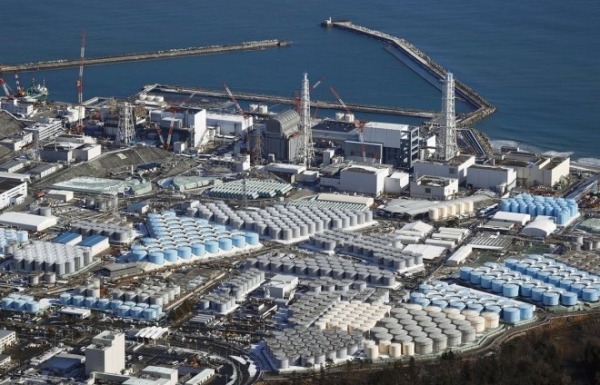
On May 11, 2011 a major earthquake of magnitude 9.1 occurred in Japan. More than 18,000 people died and a large amount of radiation leaked from the Fukushima Daiichi nuclear power plant. Radioactive materials in nuclear fuel leaked into the Pacific Ocean, and environmental damage in the surrounding area has not yet been fully recovered.
To remove more than one million tons of nuclear waste, fuel rods and radioactive water left at the site, the Japanese government will release the re-enacted contaminated water into the Pacific Ocean. Their opinion argues that the huge ocean will dilute water and reduce the risk to humans and animals, but Greenpeace, an environmental group, is wary of containing substances that could potentially damage human DNA.
Then, why does the Japanese government insists on a “sea discharge” despite opposition from the international community and environmental groups? The main reason is the economy. There are two methods of treating contaminated water. One is a marine discharge and the other is an atmospheric discharge. The Japanese government provides the reason that a marine discharge is easier to predict the proliferation situation and establish a surveillance system. However, we need to take a closer look at the budget-related parts.
Air emissions cost more than ocean discharge. This is because it is necessary to secure storage on the ground and to evaporate contaminated water at high temperatures in order to discharge into the atmosphere. According to the 2019 Greenpeace report, the Japanese Ministry of Economy, Trade and Industry's countermeasure committee, which deals with the problem of treating contaminated water, predicted that it would be possible to discharge contaminated water into the sea for 3.4 billion JPY (about 36.6 billion KRW) as of 2016. Which could be the cheapest, easiest way to solve the problem.
Looking at the current situation, the nuclear power plant is injecting cooling water to cool down the nuclear fuel melted at the time of the accident, and up to 180 tons of contaminated water are generated a day inside the nuclear power plant building. Contaminated water contains a substance called tritium. This can cause DNA deformation or reduce reproductive functions if accumulated in the body. The government's position argues that there is no serious problem even if it is discharged because the concentration of contaminated water has been reprocessed below the standard.
However, the position of fishermen in Fukushima is embarrassing. They have endured for the past 10 years without being able to live properly as a fisherman, but their work has become even darker due to the recent government decision. Their confidence in the fish has fallen, and fishermen are said to be at a loss for their lives in the future.
The controversy continues overseas. Countries like South Korea, China, and Taiwan have significant interest in whether countries like America stand on the same side as the Japanese government. The International Atomic Energy Agency's special team will publish a comprehensive report within this year, which includes the team's conclusions on all aspects, after conducting additional inquiries and reviews, including a visit to Japan next month.


